Congratulations, Scuba Cat Diving is 100% Aware
Scuba Cat Diving, Phuket, Thailand are pleased to announce that we are now 100% Aware, the first Dive Centre on Phuket to achieve this.
What is 100% Aware?
100% Aware is a voluntary program that encourages dive centres around the world to promote the work of Project AWARE, a non-profit organisation that relies on financial support from environmentally concerned divers.
100% AWARE donations will target protection for the world’s most threatened shark species and the removal and prevention of marine debris from precious underwater environments. Together we can make ocean protection a reality.
Here at Scuba Cat Diving we certify hundreds of scuba divers each year, so our involvement in the 100% AWARE program represents a substantial investment on our part in the work being done by Project AWARE.
By joining 100% Aware we show our commitment to support the Project Aware movement of scuba divers protecting the ocean planet.
The Project Aware movement focuses on two major ocean issues – Sharks in Peril and Marine Debris, or rubbish in our Oceans.
There are many conservation issues converging on our ocean planet at once, but by concentrating on these serious problems where scuba divers are uniquely positioned to directly and positively affect real, long-term change, we hope to be able to make a positive, tangible difference in these two areas.
We believe this is our responsibility as leaders in the diving community and this is just one more way we can help and show our commitment.
The underwater world is not only ours to enjoy, but also ours to protect.
We`ve been working with Project Aware for years, and have a number of initiatives to promote environmental conservation
including:
- Underwater and beach clean-up activities
- Fundraising activities
- Conservation courses, including our new AWARE Shark Conservation Diver Course
- General awareness and promotion of conservation in everything we do.
- Artificial reefs
- We are also spearheading the campaign on Phuket to ban the trade of shark fins.
- As part of our partnership with Project AWARE, we also recently hosted Finley, Project AWARE`s own shark ambassador, as she toured the world promoting shark protection.
What does this mean for you?
As a Scuba Cat Diving Student Diver, you will now receive the special limited edition Project Aware certification cards to stand out from the crowd and serve as a reminder of the importance of conservation.
We encourage our students to make their own voluntary donations to Project Aware above and beyond ours.
Each time you take a Dive Course, you will be helping in the movement to address two major ocean issues – Sharks in Peril and Marine Debris
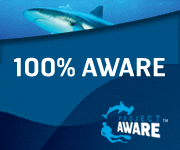
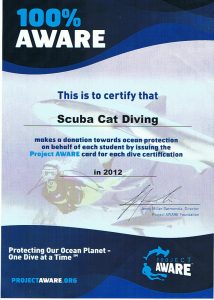
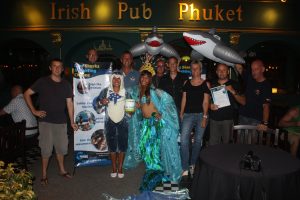
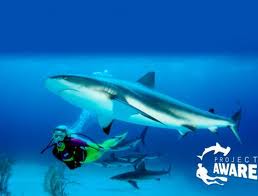
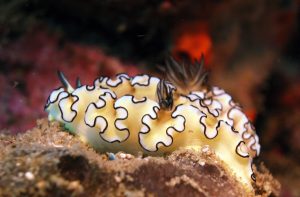
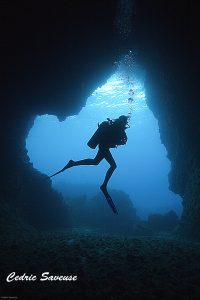
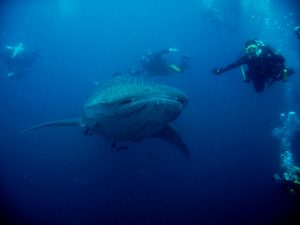
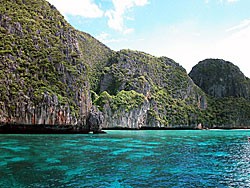
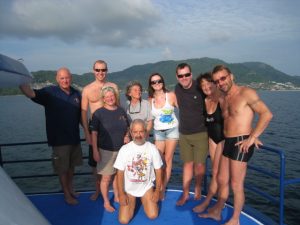
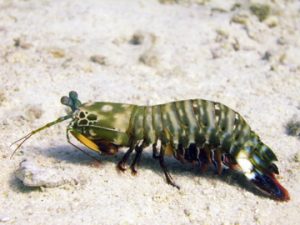
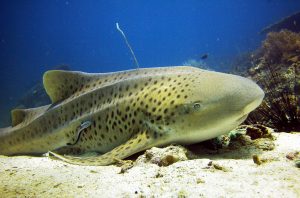
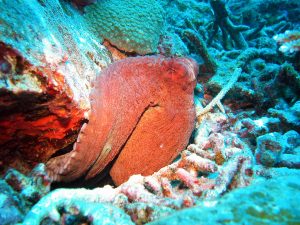
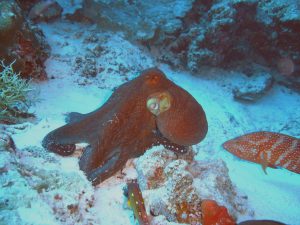
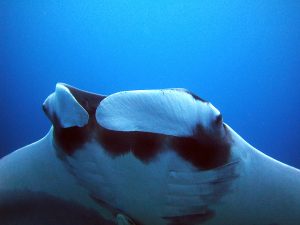
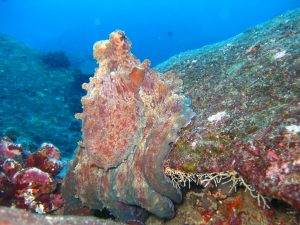
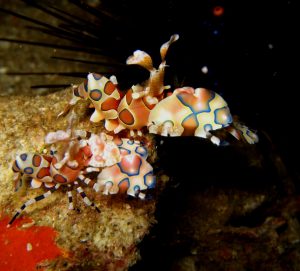
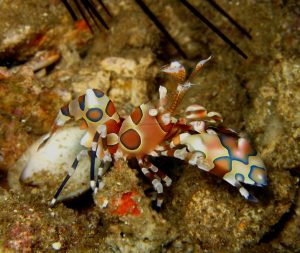
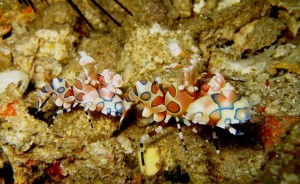





Scubacat Community